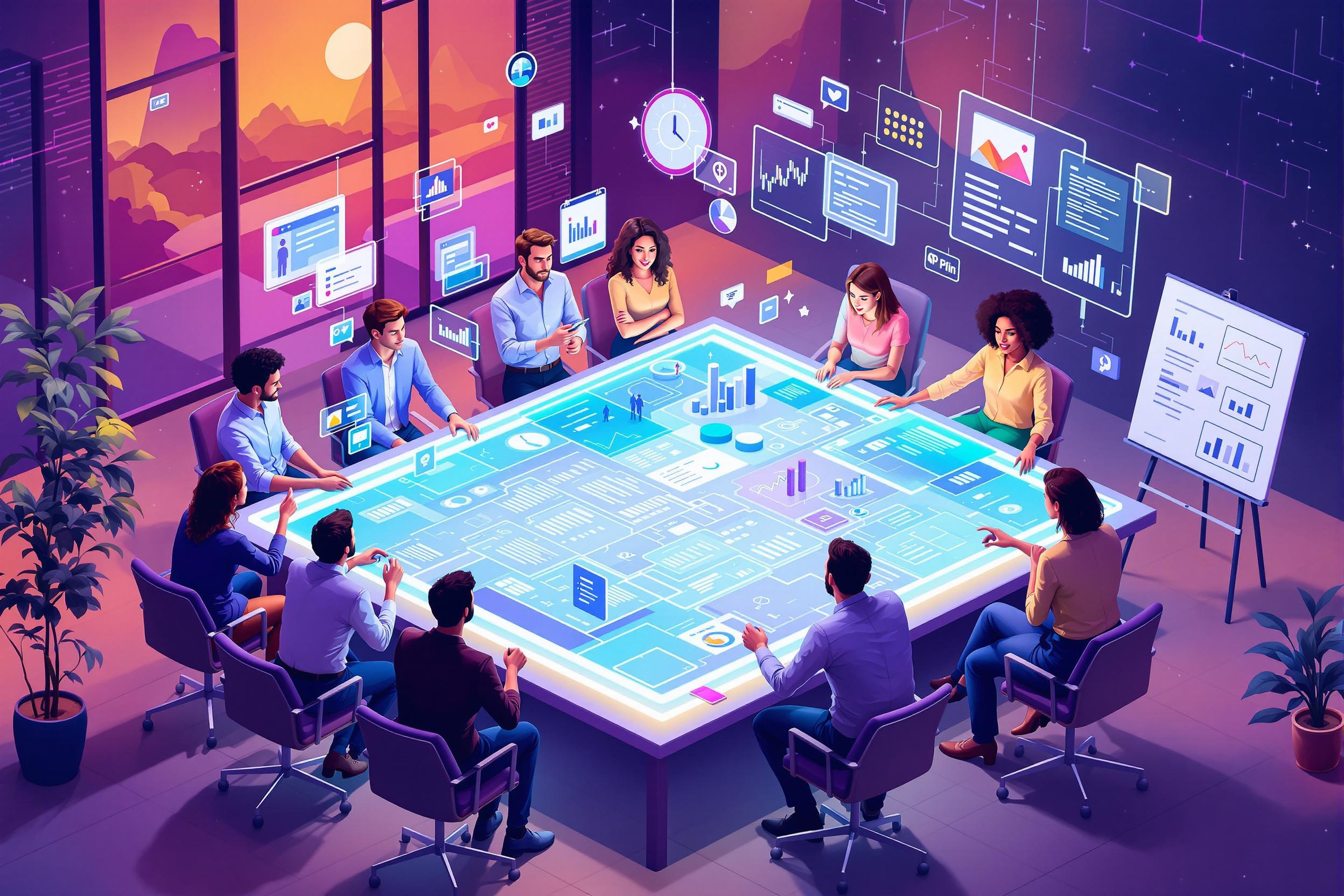
Asynchronous Learning
Asynchronous Learning is a flexible teaching approach where students learn at their own pace and time, rather than having to attend live sessions. It's like a self-service buffet instead of a scheduled dinner - learners can access course materials, videos, assignments, and discussions whenever it works best for them. This method has become increasingly popular with online education and corporate training. Similar terms include "self-paced learning" or "flexible learning." Many companies use this approach for employee training because it allows staff to balance work responsibilities with professional development.
Examples in Resumes
Developed Asynchronous Learning modules reaching 5,000+ corporate employees annually
Created engaging Self-Paced Learning content using modern educational technology
Managed Asynchronous Learning programs with 90% completion rates
Implemented successful Distance Learning and Asynchronous Learning strategies for workforce development
Typical job title: "Instructional Designers"
Also try searching for:
Where to Find Instructional Designers
Professional Organizations
Online Communities
Job Boards
Example Interview Questions
Senior Level Questions
Q: How do you measure the effectiveness of asynchronous learning programs?
Expected Answer: A strong answer should discuss various metrics like completion rates, learner engagement, assessment scores, and gathering feedback through surveys. They should also mention learning analytics and ROI measurement methods.
Q: How do you ensure engagement in asynchronous learning environments?
Expected Answer: Look for answers that include creating interactive content, using multimedia elements, implementing gamification, designing clear learning paths, and incorporating social learning elements like discussion boards.
Mid Level Questions
Q: What tools do you use to create asynchronous learning content?
Expected Answer: Should be familiar with common learning management systems (LMS), content creation tools, and basic multimedia editing software. Should explain how they choose appropriate tools for different learning needs.
Q: How do you structure an asynchronous learning module?
Expected Answer: Should discuss breaking content into manageable chunks, creating clear learning objectives, incorporating various activity types, and ensuring easy navigation.
Junior Level Questions
Q: What are the benefits and challenges of asynchronous learning?
Expected Answer: Should mention flexibility for learners, cost-effectiveness, and scalability as benefits; potential challenges like maintaining motivation and limited immediate feedback should also be addressed.
Q: How do you ensure clear communication in asynchronous learning materials?
Expected Answer: Should discuss writing clear instructions, using consistent formatting, providing examples, and creating supplementary resources for additional help.
Experience Level Indicators
Junior (0-2 years)
- Basic content creation
- Understanding of learning management systems
- Writing clear instructions
- Basic multimedia creation
Mid (2-5 years)
- Advanced content development
- Learning assessment design
- Project management
- Student engagement strategies
Senior (5+ years)
- Program evaluation
- Learning strategy development
- Team leadership
- Budget management
Red Flags to Watch For
- No experience with learning management systems
- Poor written communication skills
- Lack of understanding about adult learning principles
- No experience measuring learning outcomes
- Unable to explain how to maintain learner engagement
Related Terms
Need more hiring wisdom? Check these out...

Future-Proof Your Workforce: Embracing Lifelong Learning

Micro-Internships: The Game-Changer in Project-Based Learning

Digital Apprenticeships: Crafting the Future Workforce Pipeline

